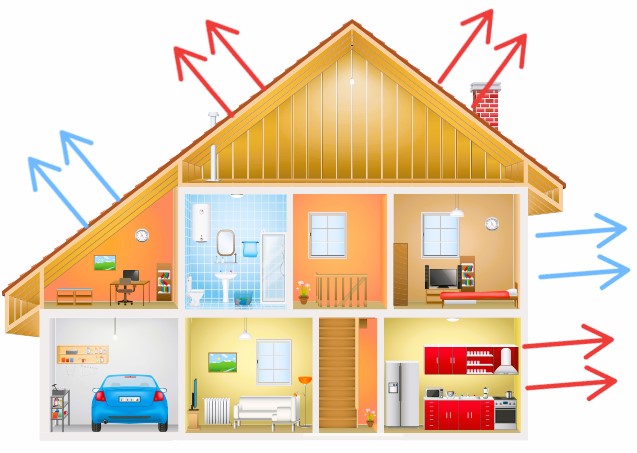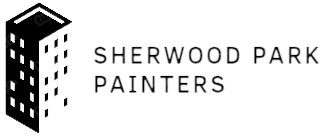As the seasons change and temperatures fluctuate, having a well-insulated home is crucial to maintain comfort and reduce energy costs. In Canada’s diverse climate, where winters can be harsh and summers hot and humid, proper insulation plays a significant role in ensuring energy efficiency. In this article, we will explore the best practices for insulating your home in Canada, helping you create a more comfortable living environment while saving on energy expenses.
1. Evaluate Your Home’s Insulation:
Before considering any insulation upgrades, it’s essential to assess the current state of your home’s insulation. Start by identifying areas where heat loss or gain is most significant, such as attics, walls, windows, and doors. Inspect for gaps, cracks, and insufficient insulation that may compromise the thermal envelope. This evaluation will help you prioritize areas that require attention and determine the most effective insulation solutions for your home.
2. Choose the Right Insulation Materials:

Canada offers a range of insulation materials suitable for various applications. The choice of insulation depends on factors such as the area being insulated, budget, environmental considerations, and personal preferences. Common insulation materials include fiberglass batts, spray foam, cellulose, and rigid foam boards. Each material has its advantages and considerations, such as R-value (thermal resistance), moisture resistance, and installation requirements. Consulting with a professional insulation contractor can help you determine the best insulation materials for your specific needs.
Are you wondering how to improve the comfort in your home? Use our article on “Enhancing Your Home’s Comfort with Energy-Efficient PVC Windows” for this.
3. Focus on Attic Insulation:
In Canadian homes, the attic is often a significant source of heat loss in the winter and heat gain in the summer. Insulating your attic properly is a key step in improving energy efficiency. Consider adding insulation to the attic floor, such as fiberglass batts or blown-in cellulose, to achieve the recommended R-value for your region. Additionally, insulating the attic hatch or access door and sealing any gaps or air leaks will further enhance energy efficiency.
4. Seal Air Leaks:
Air leaks can significantly impact the effectiveness of insulation and compromise energy efficiency. Common areas for air leakage include windows, doors, electrical outlets, and plumbing penetrations. Use caulking or weatherstripping to seal gaps around windows and doors, and apply foam gaskets to seal electrical outlets. Installing weatherstripping or door sweeps can also help minimize drafts and air infiltration. By reducing air leaks, you create a more airtight and energy-efficient home.
5. Consider Windows and Doors:
Windows and doors are critical components of your home’s insulation system. Inefficient or old windows and doors can contribute to heat loss and gain. Consider upgrading to energy-efficient options, such as double or triple-pane windows with low-E coatings and insulated frames. Properly sealing and weatherstripping windows and doors will further improve their thermal performance. Pay attention to the U-factor and energy performance ratings when selecting new windows and doors for optimal energy efficiency.
6. Insulate Exterior Walls:
Insulating exterior walls can significantly improve energy efficiency and thermal comfort in your home. Depending on your home’s construction, options for insulating exterior walls include blown-in insulation, foam board insulation, or insulating sheathing. Consult with an insulation professional to determine the most suitable method for your specific wall construction and insulation needs.
7. Consider Insulating Basement and Crawl Spaces:
Basements and crawl spaces are often overlooked when it comes to insulation. However, insulating these areas is crucial for overall energy efficiency. Consider insulating basement walls, including any rim joists or band joists, to prevent heat loss. In crawl spaces, insulate the walls and ensure proper ventilation to mitigate moisture-related issues.
8. Ventilation and Moisture Control:

Proper ventilation is essential to maintain healthy indoor air quality and prevent moisture-related problems. While insulating your home, ensure adequate ventilation to allow air circulation and prevent condensation buildup. Consider installing energy-efficient mechanical ventilation systems, such as heat recovery ventilators (HRVs) or energy recovery ventilators (ERVs), which help exchange stale indoor air with fresh outdoor air while recovering heat or energy in the process.
9. Seek Professional Guidance:
Insulating your home is a significant investment, and seeking professional guidance can ensure optimal results. Consult with a qualified insulation contractor or energy auditor who can assess your home’s insulation needs, provide recommendations, and perform the installation according to industry standards. They can also help you take advantage of any available government rebates or incentives for energy-efficient home improvements.
Conclusion:
Insulating your home in Canada is essential for energy efficiency, comfort, and cost savings. By evaluating your current insulation, choosing the right materials, sealing air leaks, and focusing on key areas like attics, windows, and exterior walls, you can create a well-insulated home that retains heat in the winter and stays cool in the summer. With the guidance of professionals and a commitment to energy efficiency, you can navigate the challenges of Canadian weather and enjoy a more comfortable and sustainable living environment.
